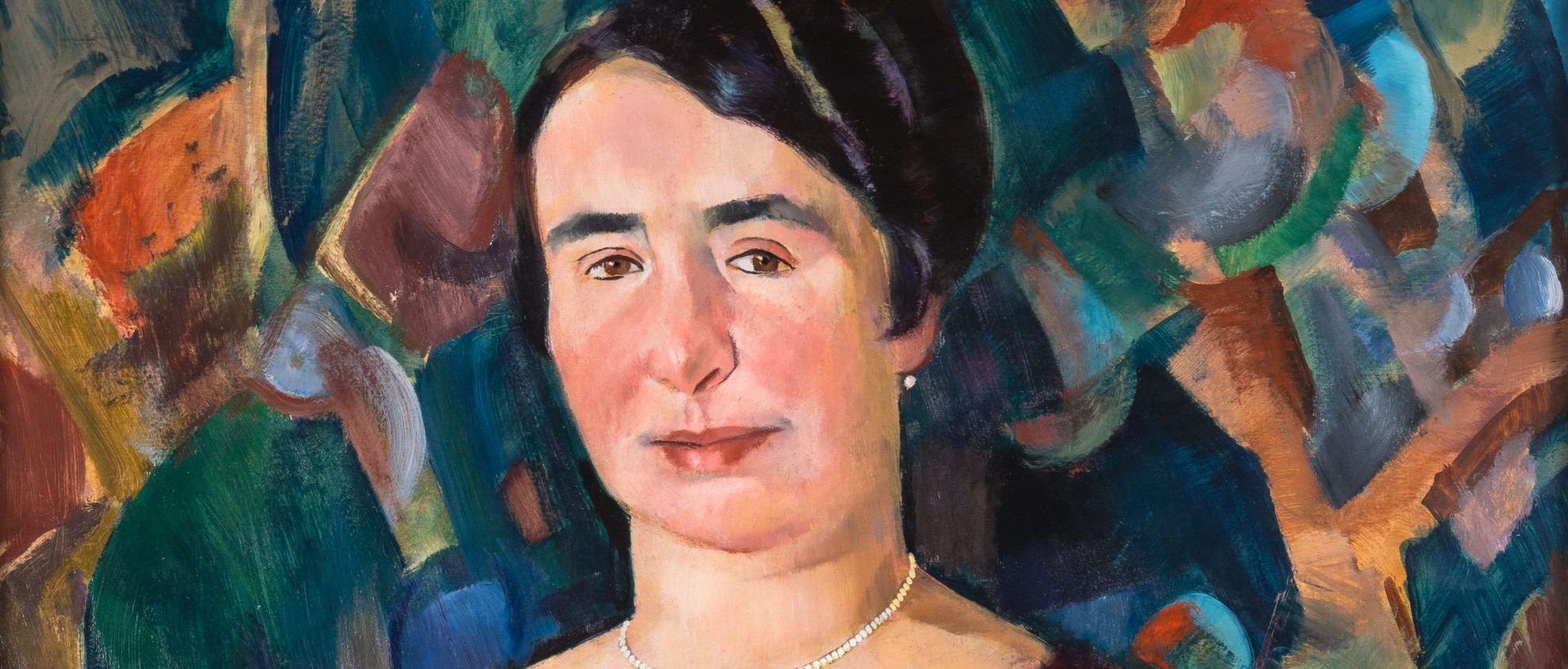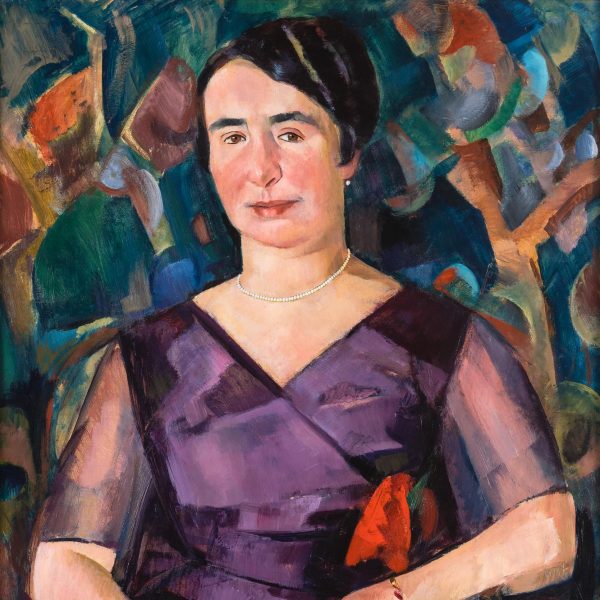

Heinrich Stegemann did an apprenticeship as a house painter in Hamburg-Altona from 1904 to 1906. He also attended evening classes at the local School of Arts and Crafts, where his teachers were Franz Breest and Hans Kolitz. In 1906, Stegemann was given a scholarship that enabled him to attend daytime classes there. In 1909, he moved to the Art Academy in Weimar, where he studied under Max Thedy and Albin Egger-Lienz. After serving in the First World War, Stegemann worked from 1918 onwards as a freelance artist in Hamburg. He often went to Berlin, where he joined the November Group in 1920; he also joined the Hamburg Artists’ Association (the Hamburgische Künstlerschaft), and in 1927 he joined the Association of German Artists.
Stegemann married Ingeborg Krause. In 1922, Stegemann visited Lyonel Feininger in Weimar. He thereafter undertook several study tours. After the National Socialists assumed power in 1933, Stegemann was denounced as a “degenerate” artist. In 1934, his murals in the Hamburg City Theatre were destroyed, and in 1935 his fresco in the Bogenstrasse School was removed. On 21 July 1936, the exhibition “Painting and Sculpture in Germany” was opened in the Kunstverein in Hamburg with Stegemann as curator, but it was closed down just a few days later by Adolf Ziegler, the Deputy President of the Imperial Chamber of Fine Arts. Stegemann remained overnight in the exhibition rooms in order to protect the paintings, and as the head of the exhibition he was then summoned before the “court of honour” of the Imperial Chamber of Fine Arts. In 1937, 43 of his paintings were removed from German museums, with several of them burnt in the main fire station in Berlin. Three of his works were exhibited in the Munich exhibition of “degenerate art”. A bombing raid on Hamburg in 1943 destroyed almost all of Stegemann’s oeuvre.
